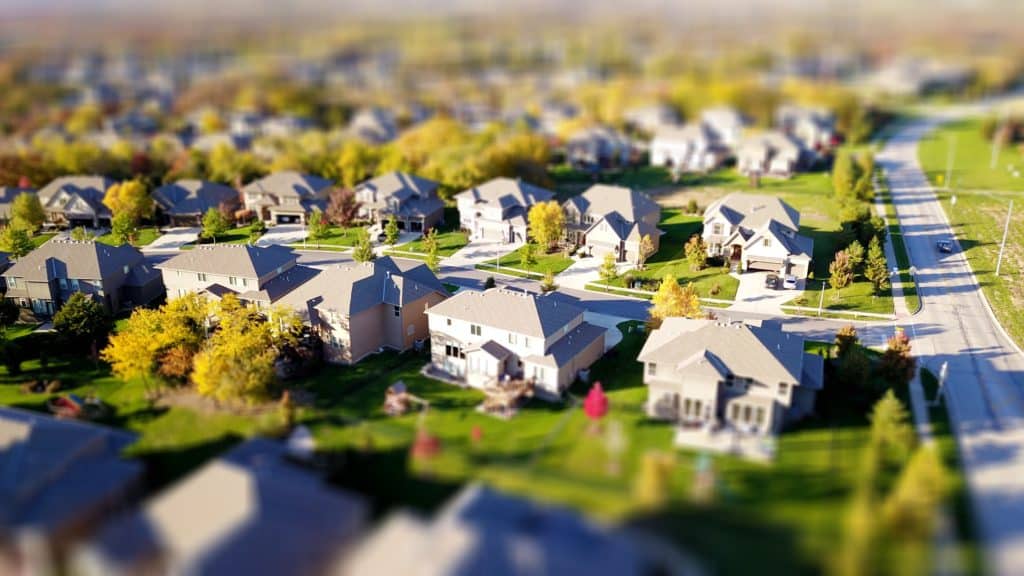Commercial property inspection and maintenance responsibilities are essential for property owners and managers to ensure the longevity, safety, and functionality of their assets. Effective maintenance can also have a positive impact on property value, tenant satisfaction, and compliance with local regulations. Here, we will explore the key responsibilities associated with commercial property inspection and maintenance.
Routine Inspections:
Regular inspections are the cornerstone of commercial property maintenance. Property owners and managers should conduct scheduled assessments to identify potential issues such as leaks, structural damage, electrical problems, or security concerns. These inspections help in catching problems early and prevent them from escalating into costly repairs and visit website.
Maintenance Scheduling:
Once issues are identified during inspections, it is crucial to establish a maintenance schedule. This plan should outline when and how maintenance will be performed, detailing tasks, responsibilities, and timelines. Scheduled maintenance can include tasks like HVAC system servicing, roof inspections, plumbing checks, and more.

Safety Compliance:
Safety is a paramount concern in commercial properties. Property owners must adhere to safety regulations and conduct regular safety assessments. This includes checking fire and emergency systems, ensuring proper lighting, and confirming that exit routes are clear and functional.
Tenant Communications:
Maintaining open communication with tenants is crucial. They may notice issues that go unnoticed during inspections. Property managers should provide a mechanism for tenants to report problems promptly. This collaboration can help prevent minor issues from becoming major ones.
HVAC Systems:
Commercial properties often rely on complex HVAC systems to regulate temperature and air quality. Regular maintenance of these systems is essential to prevent breakdowns, ensure energy efficiency, and maintain indoor air quality. Filter replacements, duct cleaning, and system inspections are common tasks.
Roof and Exterior:
The roof and exterior of a commercial property protect it from the elements. Regular inspections and maintenance of these areas are vital to prevent water leaks, damage from weather conditions, and structural problems. Roof inspections should check for loose shingles, sealant issues, and potential leaks, while exteriors may require paint touch-ups and repairs.
Plumbing and Electrical:
Plumbing and electrical systems should be periodically inspected to prevent disruptions and potential hazards. Leaks, blocked drains, and malfunctioning electrical components can be hazardous and expensive if not addressed promptly.
Landscaping:
The property’s curb appeal plays a significant role in attracting and retaining tenants. Regular landscaping maintenance ensures that the property’s exterior remains visually appealing. This includes lawn care, tree and shrub maintenance, and irrigation system checks.
Pest Control:
Pest infestations can damage a property and pose health risks to occupants. Regular pest control measures, such as inspections and preventative treatments, should be part of the property maintenance plan.
Budgeting and Record-Keeping:
Effective maintenance requires proper budgeting and thorough record-keeping. Property owners and managers should set aside funds for maintenance and keep records of all maintenance activities, expenses, and contracts for compliance and cost tracking.
In conclusion, commercial property inspection and maintenance responsibilities are vital to preserving the value, safety, and functionality of a property. A proactive approach to regular inspections, scheduled maintenance, safety compliance, and communication with tenants can help property owners and managers keep their assets in top condition and ensure the long-term success of their investments.
